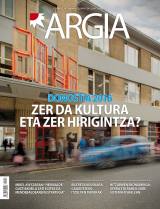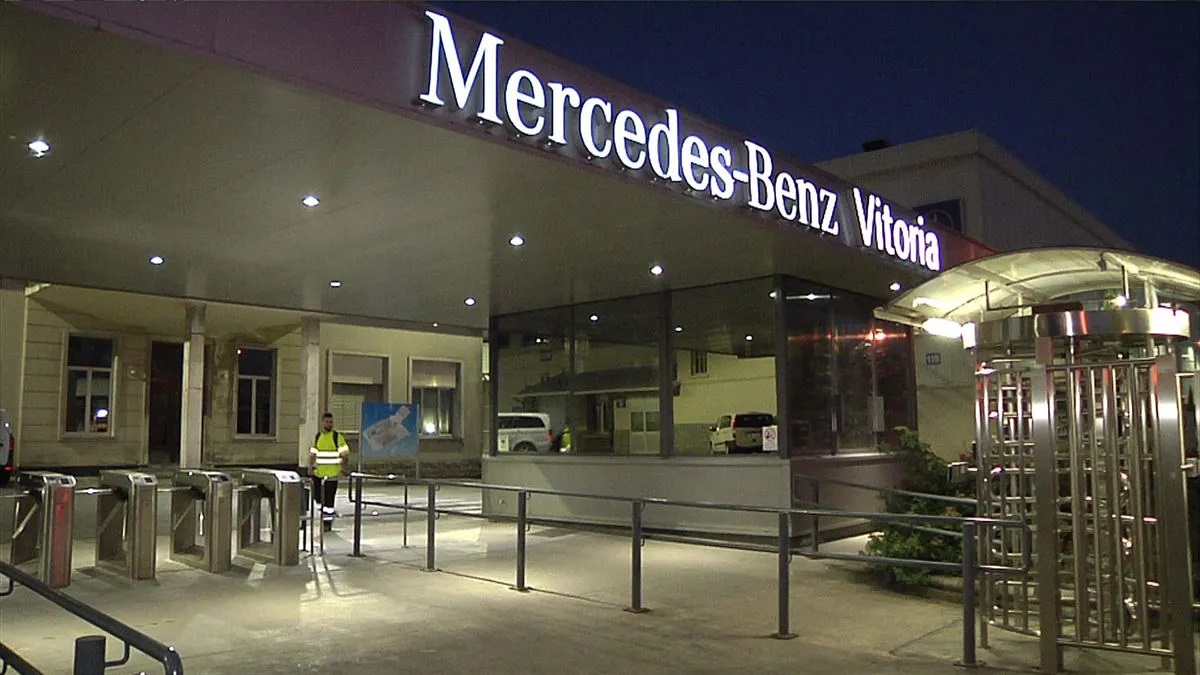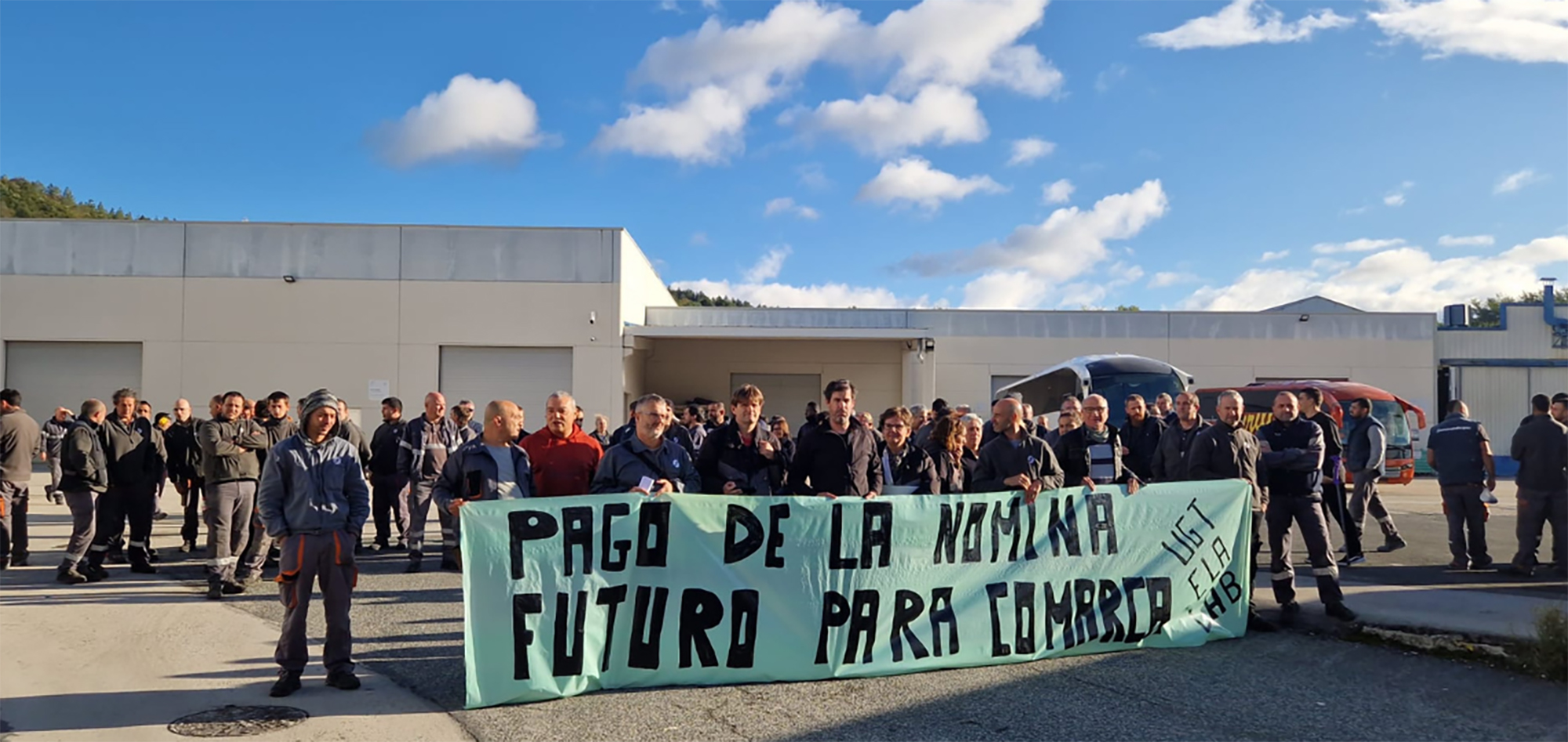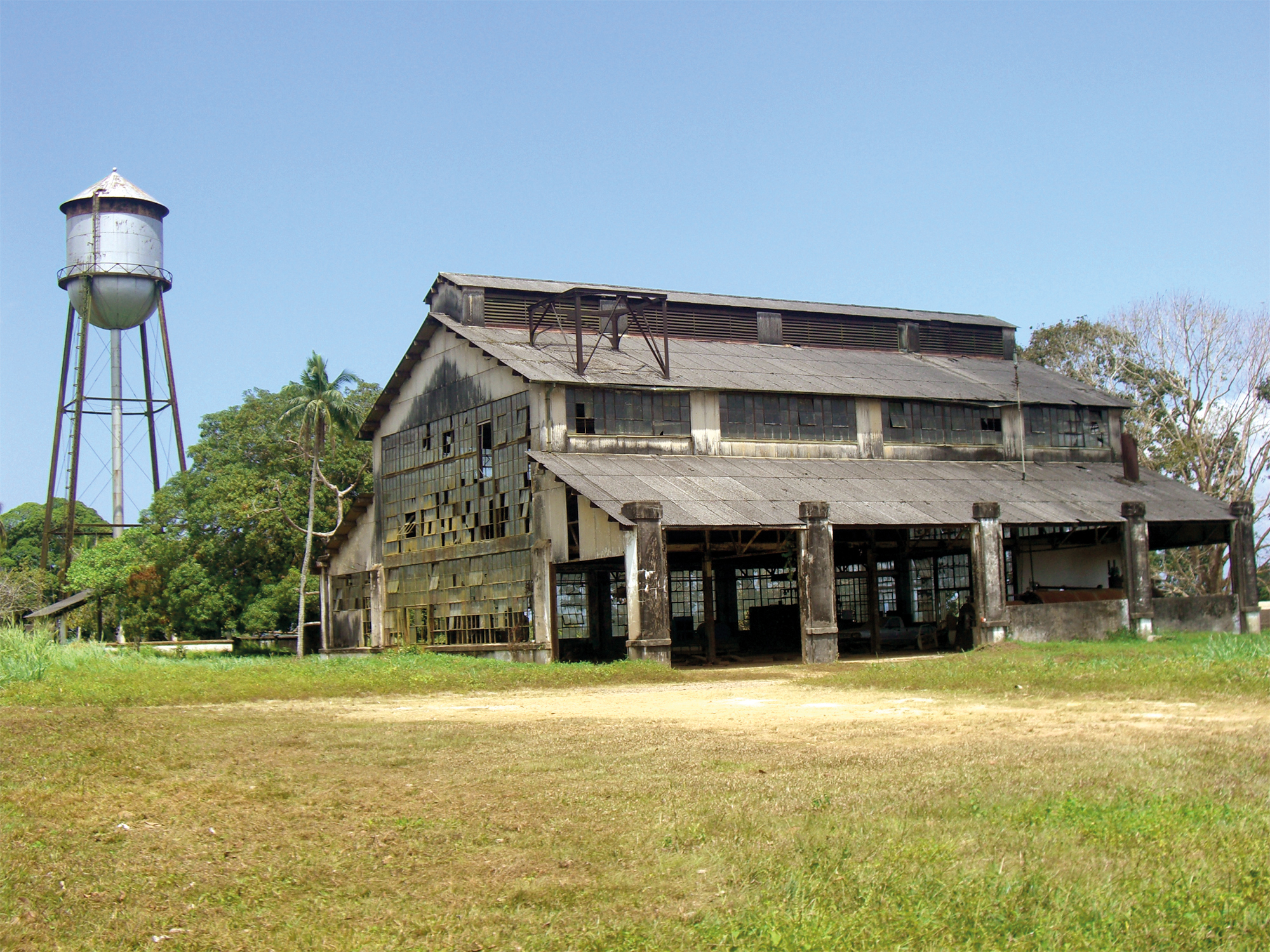How to convert tractors to supercars

Maranello (Modena, Italy), 1958. Ferruccio Lamborghini (1916-1993) approached the Ferrari factory and, a sports car enthusiast, bought a 250GT Ferrari.
Born in a family of winegrowers, Lamborghini started from a young age to worry about the machining of agriculture to facilitate the work of farmers. With his knowledge of mechanics, he started from scratch and soon created a company of top-level machinery and tractors. But outside of his job, he liked vehicles faster than tractors.
That is why, after that first visit in 1958, Lamborghini went beyond Maranello. On the one hand, because Ferrari bought more. On the other hand, because these vehicles had mechanical problems, mainly clutches, and had to be moved to the factory for repair. This was not the only regret that Ferruccio felt for Ferrari. They looked like good cars, but they were too loud and too rough to drive around the road with pleasure. The interior of the vehicles was considered too rigid and the after-sales service did not satisfy the tractor manufacturer either.
Lamborghini had apparently decided to personally communicate all these objections to Enzo Ferrari. And Enzo Ferrari didn't take the criticism very well. There are very varied versions of this debate, but taking into account the living genius of one and the other, they certainly did not exchange friendly words. “A tractor manufacturer will not teach me how to make sports cars,” Ferrari told Lamborghini, or “it cannot understand the complexity of a Ferrari.”
Lamborghini's answer was to start making sports cars. Fourteen years after founding the company Lamborghini Trattori, in 1963 he founded Lamborghini Automovili. Its headquarters was established in Sant’Agata Bolognes, about 30 kilometres from Ferrari’s headquarters.
Lamborghini 350 GTV, the brand’s first sports car, was unveiled at the Turin Automobile Exhibition that same year. The new model was better than Ferraria in all aspects criticized by Ferruccio. Competition between the two brands started in the fast car market, but in the circuits there will be no competition, while the creator lived the cars of the brand Lamborghini never took part in the races. The ferraris were road adapted competition cars, while the Ferruccio cars were luxury cars for the road and to enjoy driving, besides being very fast.
In 1966 he launched the third model, Miura, passionate about the bullfighting Lamborghini, so he chose the golden bull as the emblem of the brand. Just like the tractors, he came up with putting the engine on the back axle, and so he launched a new genre of supersports.
In the early 1970s, when the tractor business began to fall, Lamborghini sold all the companies and returned to agriculture, to the vineyards bought in Umbria years ago.
Muga-zergak apirilaren 2tik aurrera ezarriko dira eta altzairuari eta aluminioari ezarritakoei batuko zaizkie. "Gurekin negozioa egiten duten eta gure aberastasuna eskuratzen duten herrialdeei ezarriko dizkiegu", AEBetako presidenteak adierazi duenez.
2021etik 2025era isuriak %15ean murriztu behar zituen industriak. Ursula Von Der Leyenek automobilgintzaren sektorearen eskutik ekintza plan bat aurkeztuko du martxoaren 5ean. Oraindik erabakia hartua ez badago ere, Europar Batasunak sektorearen eskaerak onartuko dituela diote... [+]
The Bilbao City Hall has launched the Low Emissions Zone in June, although fines are not expected to start to be imposed until September. This measure will limit the entry of old vehicles to the bourgeois esplanade of Bilbao from Monday to Friday, according to EiTB. Petrol... [+]

























